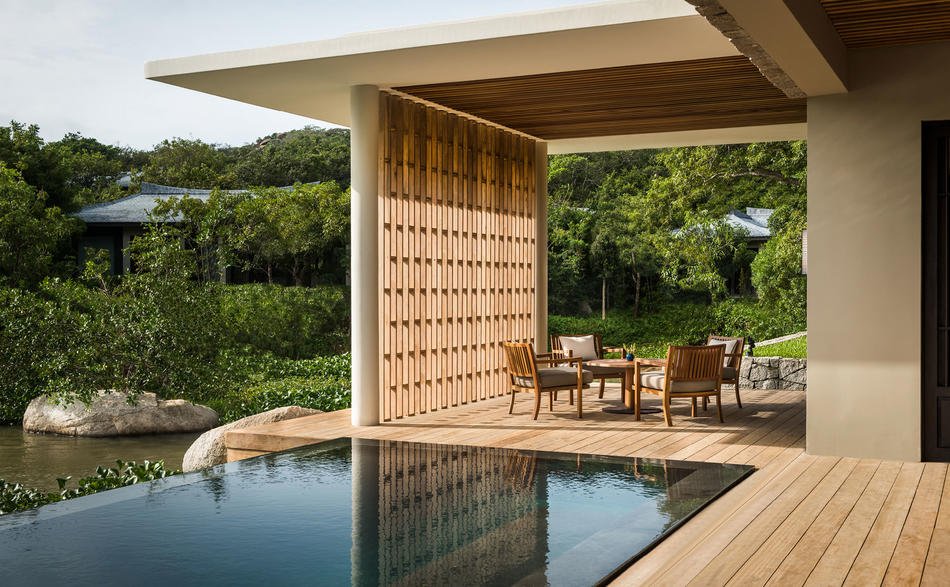The Sisyphean challenge in biobased material
Architects and a sustainability changemakers often find excitement in exploring new perspectives in timeless concepts. The Sisyphus story represents those quite well. Unlike the common perception of this myth as a meaningless, endless task, Sisyphus is, in fact, an embodiment of perseverance and determination. He may not realise how lucky he is to only have one big stone to roll. In contrast, small and diverse businesses in the bio-based material industry face a double challenge of rolling two big stones on the journey to enter the market as a building material.

The challenge in Australia is twofold when it comes to high standards in both building and sustainability practices. The first challenge involves meeting building codes that may not keep up with present and future sustainability needs. For example, bamboo is a regenerative material that does not involve deforestation, yet it has to adhere to the same building standards as timber. The second challenge is obtaining ongoing accreditations, which could be cost prohibitive for small, responsible businesses. Unfortunately, there is a lack of government support and cross-industry partnerships, leaving small businesses and diverse suppliers to shoulder the burden of doing good for the planet on their own. This can be particularly challenging for them as they often act as pioneers and equalisers in sustainability and innovation.
Barriers on bamboo as a building solution
Here are some hidden facts you may not know about bamboo:
– strand woven bamboo is an extremely dense material that’s even harder than most hardwoods, and is commonly used for decking;
– Cross-laminated bamboo (CLB) and Cross-Laminated Timber (CLT) use the same technology. Even though bamboo is a regenerative material, but timber is not.
– bamboo produces 35% more oxygen than trees and absorbs four times more carbon, providing more fresh air to our environment.
Traditionally, steel and cement have been the mainstream materials used in building, but the steel and cement industry are also known as two of the major energy-intensive and polluting industries worldwide. While mass timber is considered a sustainable alternative in construction, there is an even more sustainable solution that has been consistently underrated – mass bamboo.
If bamboo is such a good material, why isn’t it being specified in Australia? Before addressing this question in the Australian context, it is important to understand that many bio-based material companies worldwide also face similar challenges in the building market.

Amanda Sturgeon, a pioneer in sustainable architecture, shared about the four main barriers to bio-based and regenerative materials entering the building market in Europe during the MECLA Spotlight on Regenerative Materials in December 2022.
These include:
– Insufficient demand for regenerative building materials.
– Lack of incentives from main stakeholders to use regenerative materials.
– Unsupportive codes and policies.
– Lack of knowledge and experience.
Sturgeon shared a surprising truth that most people may not know: insurance is actually the biggest barrier for mass timber buildings in the United Kingdom. Due to existing codes and practices, it is currently impossible to insure a residential mass timber project.
Back in Australia, the National Construction Code (NCC), formerly known as the Building Code of Australia (BCA), does not currently recognise bamboo as a structural element that can provide support and stability to buildings. Structural elements are crucial components of a building designed to resist loads and external forces, such as wind and earthquakes. In contrast, Ecuador, a South American country that is prone to earthquakes, recognised the importance of bamboo as a building material after the magnitude 7.8 earthquake in 2016. As a result, bamboo was incorporated into its national building codes, giving the construction industry a legitimate basis for market development.
More importantly, the current regulations and standards in Australia are not keeping pace with sustainability needs. Bamboo, a regenerative material that allows for the harvesting of only 25% of the bamboo forest while keeping 75% intact, has no negative impact on deforestation. However, it must still comply with the same standards as timber because it is not officially recognised as a viable building material.
With an ever-increasing construction demand locally and globally, the available supply of timber may not be enough to meet forecasted demand. According to an industry news release by the Australian Forest Products Association in April 2022, the interim report by Forest & Wood Products Australia (FWPA) suggests that “the demand for new housing will rise from 183,000 new dwellings per annum now to 259,000 per annum by 2050, driving an increase of almost 50 per cent in demand for timber.” As a result, Australia is expected to face a critical shortage of housing timber, which is further intensified by its reliance on imported timber, while the global demand for housing timber continues to soar due to the post-COVID construction boom. If our building industry continues to be timber-based and over-reliant on timber imports, building costs will inevitably rise, and delays in housing and infrastructure will occur due to the unresolved timber shortage.
Finding a durable, sustainable, and all-round regenerative material is essential, and bamboo provides all the necessary solutions. However, the gap between building codes and demand for sustainable materials is preventing bamboo from entering the market, and this is only one side of the double challenge.

The Big Dilemma in Certification
Being a sustainable material is more than just a claim. It requires meeting strict, standardised, and trusted accreditation requirements from sustainability, environmental, social, and wellbeing perspectives. These high standards make green certification systems credible and protect customers against greenwashing. As a sustainable business, we fully support third-party certification systems like the Global GreenTag certification, which is recognised by the Green Building Council of Australia and New Zealand.
The dilemma is that while small and diverse businesses are often the changemakers who are willing to go the extra mile in sustainability, they are also the most vulnerable to cost and manpower burdens when compared to large-scale businesses. The costs of accreditation can be a hindrance to sustainable materials entering the market or remaining in business.
There is always something we can do to bring about positive transformation. We need greater collaboration between the timber and bamboo industries to achieve the common goal of a stable supply of materials; greater acceptance and use of bamboo as a regenerative material in building; and more customers, investors, and industry practitioners to consider bamboo as the future material for our planet.

